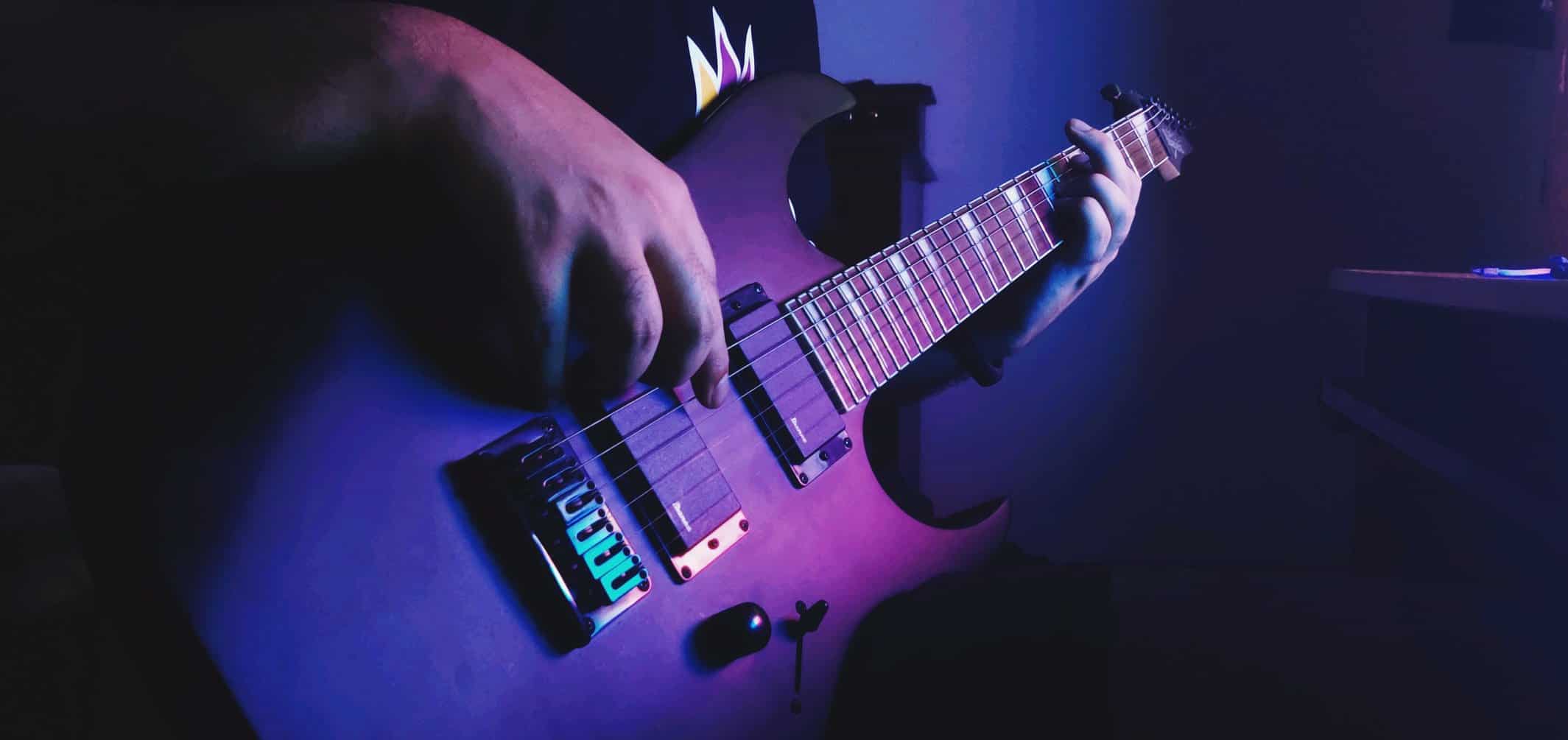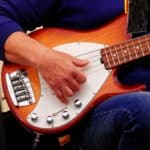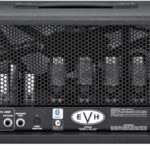Pickups are a relevant feature on guitars.
After all, they play an important role in defining the characteristic sound of a band.
The differences between passive and active pickups are not small.
In fact, they are so big that they determine the genre that is going to be played.
For example, many metal artists select active pickups for their creations.
It is no surprise if we bear in mind that active pickups characteristics suit the sound of metal.
But are active pickups mainly made for heavy music, or do they function perfectly on other genres as well?
Although active pickups function perfectly for metal, it is not the only genre where they can work. In fact, many musicians from pop, country, blues, classic rock, and jazz have played with active pickups long before metal emerged.
To find out more about active pickups, keep reading this article!
What do active pickups sound like?
Active pickups sound is more powerful than passive pickups.
They push better signals, which results in less noise.
This is due to their built-in preamp.
The sound that comes through the guitar preamp gets boosted because of it.
Such preamp compresses the signal, which, all in all, gives a more consistent tone.
It also provides built-in EQ capabilities into the guitar, in most cases.
To sum up, the sound will be both clearer and stronger, however, some players might argue that it might lack some dynamics.
Why are active pickups so good for metal?
Mainly, metal musicians prefer active pickups because of their high output, tight low end, and clear highs.
A higher output allows for more gain, which produces a more saturated tone with fewer amp gain.
This helps to produce such saturated tones without losing clarity.
In addition, active pickups are excellent at canceling hum and noise, which is a must on metal genres.
After all, high gains are the main reason why feedback issues arise in the first place.
Can you play any other genres with active pickups?
For the most part, there are not many rules in the world of music.
This means that, although active pickups are common in metal subgenres, they can also expand to other styles.
Punk, for example, is one of them, due to a great deal of distortion on their music.
More interestingly is the fact that actives were made for jazz.
Eventually, people realized that they were perfect for heavier tones, too.
As a result, it has long become a standard for heavy metal players.
However, one must not forget that active pickups are versatile, and with the proper settings, they could fit other genres such as blues or country.
In fact, there are quite a handful of famous guitarists that use active pickups for “softer” genres.
Players that use active pickups for other genres
Many musicians who are outside Metal music have opted to play with active pickups.
The biggest and most popular example could be David Gilmour of Pink Floyd.
Prince, too, used to perform with active pickups, and his music was far from being considered a form of metal.
Other honorable mentions include jazz guitarist Larry Carlton, Blues Musician Steve Winwood, country singer Vince Grant Gill, and Steve Lukather of Toto.
Those real-life examples show that it is possible to play more than one genre with an active pickup guitar.
Why are active pickups frowned upon outside of metal?
The world of music is full of two things: facts, and opinions.
When someone says “Active pickups work perfectly on Metal”, that is a fact.
Now, when someone else’s says “Active pickups must stay only in Metal”, then there you have an opinion.
What’s sad about it is that many tend to mistake one for the other.
If the majority prefers active pickups for modern bands or sounds, and passive for vintage-like tones, then there is nothing wrong with that.
To be honest, it could be true that active pickups work best in Metal.
However, this is not the same as saying that their sole purpose is to be used on such genres.
Just to recap, many “vintage” musicians have been playing with active pickups for centuries (David Gilmour, jazz players, etc.).
Therefore, when you hear any purist stating that actives are made just for Metal, remember it is not a fact, just an opinion.
What are the benefits of active pickups?
The benefits of playing with active pickups are numerous.
First of all, they have a built-in preamplifier that helps create high output.
This helps to craft more powerful sounds, as stated at the beginning of this article.
Continuing with the quality of their sound, active pickups provide a clearer tone.
This is, in part, because actives have less feedback than passive pickups.
Get a guitar with active pickups and say goodbye to those unbearable noises.
Well, at least to most of it.
What is more, actives have a weaker magnetic pull on the guitar’s strings.
Having a lower force lets the string vibrate more openly, creating a better sustain.
Lastly, with active pickups, one can use long cables and not find any problem.
Otherwise, playing with long cables reduces electric signal, which in the end, weakens sound quality.
What are the drawbacks of active pickups?
Of course, not everything has to be perfect.
Guitars with active pickups have a negative side as well, which should be considered before purchasing one.
The main issue that comes to our minds is that they require batteries.
If you don’t have them, or worse, if they run out of power in the middle of a performance, then the instrument’s useless.
The good news is, quality pickups such as EMGs tend to have batteries that last hundreds of hours.
Price is another problem for many.
Generally, guitars with active pickups tend to be more expensive than the ones with passive.
Finally, one reason why some guitarists don’t like active pickups is because of their dynamics.
As I mentioned before, the active’s preamp boosts the low output signal. While this helps to sound louder, it also compresses the signal, leading to less dynamic range.
Now, active pickups and compressor pedals are not the same.
The latter allows for different settings and configurations, which provide different possibilities regarding the dynamics.
Active pickups are already customized by default, and the setup cannot be changed.

Hello there, my name is Ramiro and I’ve been playing guitar for almost 20 years. I’m obsessed with everything gear-related and I thought it might be worth sharing it. From guitars, pedals, amps, and synths to studio gear and production tips, I hope you find what I post here useful, and I’ll try my best to keep it entertaining also.





